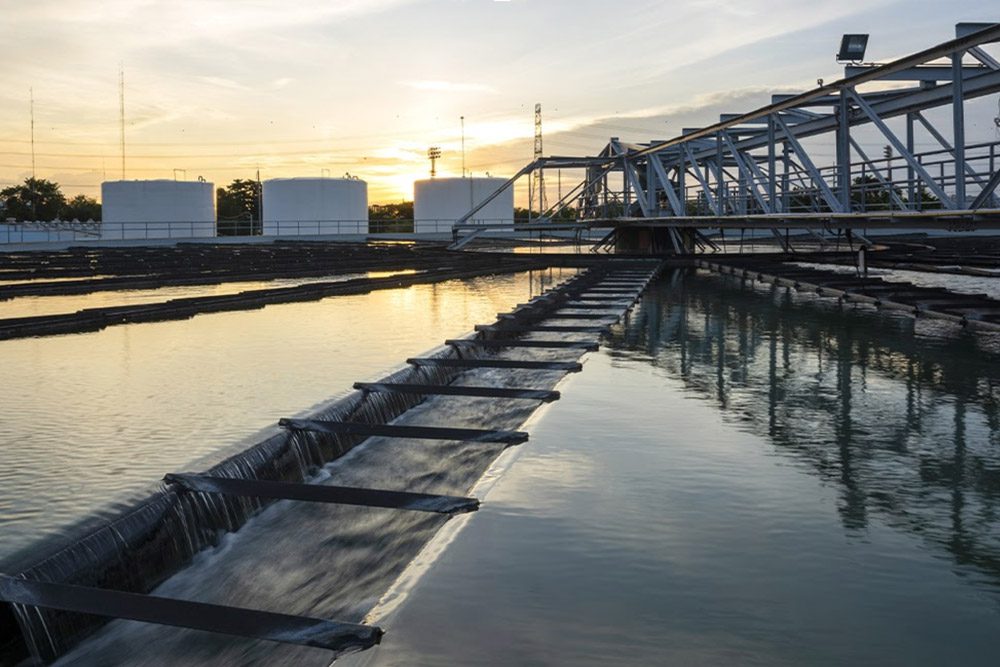It’s hard to overstate the importance of wastewater treatment facilities. Consider, for example, that in a city of 2 million people, the average wastewater treatment plant handles hundreds of millions of gallons of sewage every day.
And, to keep those facilities running smoothly, operators rely on connected monitoring and control systems. In fact, the average wastewater facility’s system is powered by hundreds if not thousands of devices—from central operations to remote flow controllers.
Byers Scientific further empowers efficient wastewater operations through its state-of-the-art Cloud-based SCADA (IIoT) platform that allows for remote operation and continuous monitoring of odor control systems with access to operational data in real time.
Understanding the basics of IIoT
The Industrial Internet of Things (IIoT) describes a network of connected systems, sensors, computers, and devices that relay, transcribe, and store information needed for industrial processes. These systems rely on the internet to transmit and store data and allow for remote access to that recorded information.
This connectivity streamlines operations while reducing costs and increasing efficiency. For example, wastewater treatment facilities used to require boots on the ground for regular inspections. Not only were these routine inspections time and labor intensive, but there was also a higher probability of human error in system assessments.
Today, IIoT-enabled devices can collect information in the field and transmit that data back to the operations center. From there, crucial information can be automatically passed on to a field technician or operating manager in the event that human input is required to troubleshoot an issue. This proactive, continuous monitoring flags issues when they occur and can keep minor problems from becoming large ones.
The missing piece of the puzzle
While wastewater facilities have embraced technology in a number of operational areas, traditionally, odor control has not been one of them as there simply weren’t systems with the sophistication to enable real-time monitoring and automation. Byers Scientific is able to complete the puzzle with its smart odor control technologies. Through real-time data monitoring, made available in a user-friendly format on a dedicated online SCADA website, wastewater operators have critical information at their fingertips. In some situations, compatible platforms even allow for Byers Scientific odor control systems to integrate with existing operational systems further enhancing efficiency.
The relationship between IIoT tech and wastewater odor mitigation
Byers Scientific’s IIoT-powered intelligent systems support efficient wastewater odor mitigation in a variety of ways.
Odorous chemicals ride air currents, so combating neighborhood odor complaints requires quick and efficient action. By utilizing our always-on Cloud-based SCADA technology, facilities can remotely connect to Byers Scientific equipment for system control and quickly mitigate odor problems as they arise, rather than addressing concerns on-site.
24/7 data collection also helps bring new insights and data-driven innovation to workers collaborating with neighborhood and regulatory bodies. In addition, collected data helps reduce liability and quantify odor control measures that are being taken.
And, as discussed above, utilizing IIoT technology allows for greater efficiency in overall wastewater odor mitigation processes: saving time, energy, and money.
Every wastewater facility deserves to have access to real-time data and remote access to wastewater odor mitigation systems. Connect with the team at Byers Scientific to learn more.


